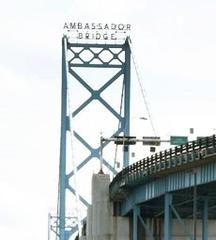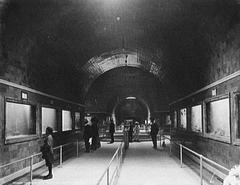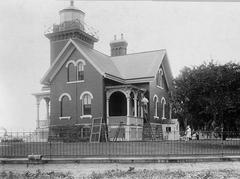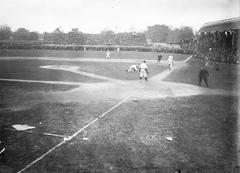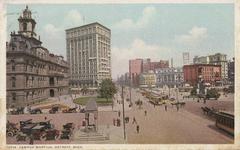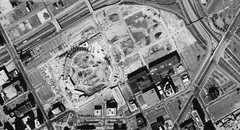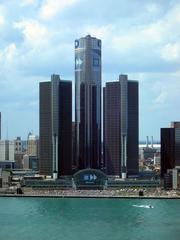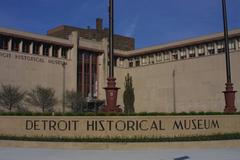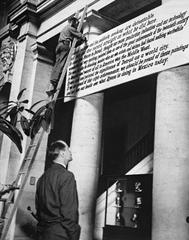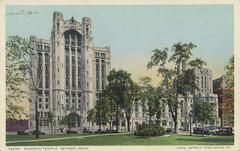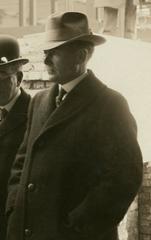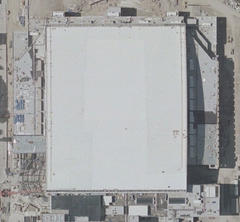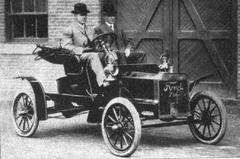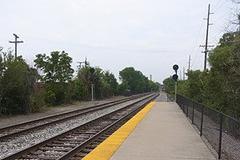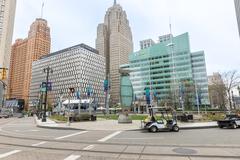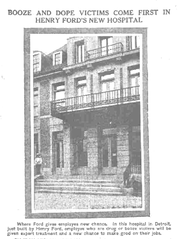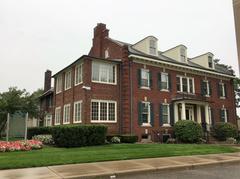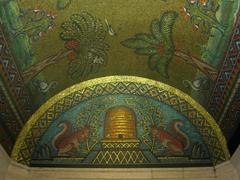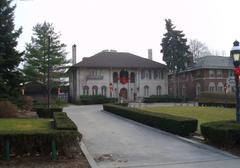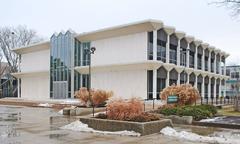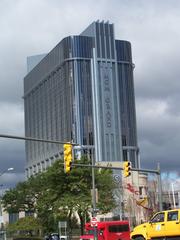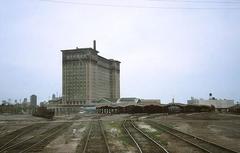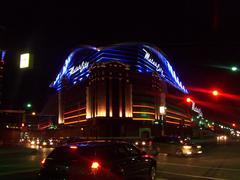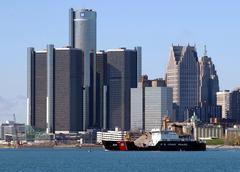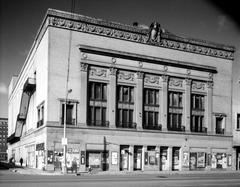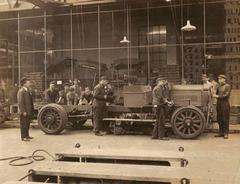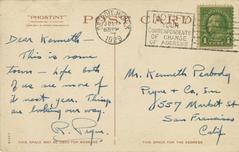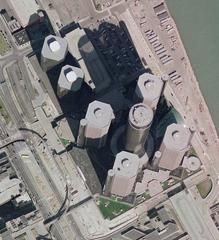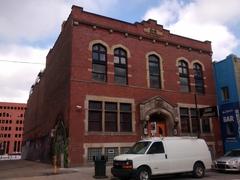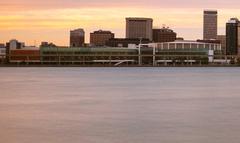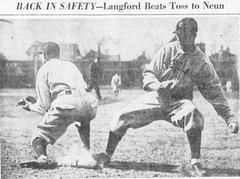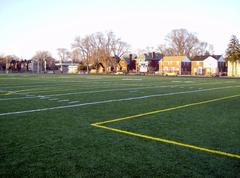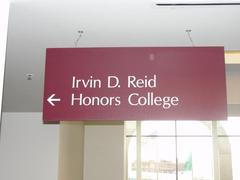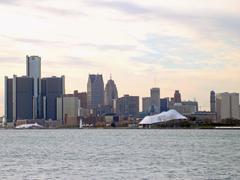St. Josaphat Roman Catholic Church Detroit: Visiting Hours, Tickets, and Historical Sites Guide
Date: 04/07/2025
Introduction
St. Josaphat Roman Catholic Church in Detroit stands as a resonant symbol of the city’s Polish-American heritage, religious devotion, and architectural beauty. Established in 1889 amid a wave of Polish immigration, this church has served as a spiritual and cultural anchor for the community, offering a unique blend of faith, tradition, and artistry. Named after St. Josaphat Kuncevyc, a 17th-century martyr, the church embodies themes of unity and perseverance—values central to its parishioners’ history.
Architecturally, St. Josaphat’s is a masterpiece, combining late Victorian Romanesque and Gothic Revival styles. Its 200-foot steeple, intricate stained glass, and ornate interior woodwork make it a destination for anyone interested in religious architecture or Detroit’s immigrant legacy. The church’s story is closely tied to the city’s evolution, serving as both a house of worship and a guardian of Polish customs and community bonds.
Admission to St. Josaphat’s is free, with options for guided and self-guided tours. The church is accessible, provides ample parking, and welcomes photography. Throughout the year, it hosts special religious events, festivals, and musical programs, enriching the visitor experience. For up-to-date visitor details and event listings, consult the Mother of Divine Mercy Parish website, the Detroit Historical Society, and Historic Detroit.
Table of Contents
- Origins and Foundation
- Architectural Significance
- Growth and Community Role
- Visiting Information
- Special Events and Community Activities
- Preservation and Restoration
- Dress Code and Visitor Etiquette
- Neighborhood and Travel Tips
- Nearby Attractions
- Frequently Asked Questions (FAQs)
- Contact and Further Resources
Origins and Foundation
Founded in 1889 to serve Detroit’s burgeoning Polish immigrant community, St. Josaphat’s Roman Catholic Church quickly became a hub of faith and culture on the city’s east side (Detroit Historical Society). The parish was named for St. Josaphat Kuncevyc, reflecting the Eastern European roots of its founders. The original wooden church soon gave way to a grander structure as the congregation grew. The cornerstone for the current building was laid in 1901, marking the beginning of a new era for Polish Catholics in Detroit.
Architectural Significance
Style and Influences
St. Josaphat’s is a prime example of late Victorian Romanesque architecture, with pronounced Gothic Revival elements. Designed by Harry J. Rill and completed in 1901, the church’s design reflects the aspirations of its immigrant founders (Historic Detroit; Nemecek Design).
Exterior Features
- Materials: Red-orange brick and buff limestone from Bedford, Indiana, ensure durability and warmth.
- Steeples: The church’s three towers—one central at 200 feet and two flanking at 100 feet—are prominent features of the Detroit skyline. The central steeple, topped with a gold cross, is one of the city’s tallest.
- Facade: The main entrance is framed in limestone with a rose window and intricate brickwork. The three-panel stained glass window above the entrance, depicting the Crucifixion, is a focal point (Stephen Travels).
Interior Design and Ornamentation
- Spatial Layout: The basilica plan features a soaring nave with side aisles and a transept, accommodating up to 1,200 worshippers.
- Altars and Sacred Art: Five altars, including a main altar dedicated to St. Josaphat, side altars for the Virgin Mary and St. Joseph, and additional altars for St. Anthony and St. Francis, are richly decorated.
- Woodwork and Murals: Hand-carved white oak woodwork graces the pews, altar rails, and moldings. Biblical murals and Polish historical scenes adorn the ceilings and walls.
- Lighting: Originally equipped with mixed gas and electric lighting, the church’s ambiance is enhanced by carefully placed fixtures.
Stained Glass and Decorative Arts
St. Josaphat’s exquisite stained glass windows, crafted by Detroit Stained Glass Works, depict biblical scenes and Polish saints, casting vibrant light throughout the sanctuary (Nemecek Design).
Growth and Community Role
By the 1920s, St. Josaphat’s had become one of the Midwest’s largest Polish Catholic parishes, serving over 2,000 families (Archdiocese of Detroit). The church played a crucial role in preserving Polish language, tradition, and faith, hosting festivals, folk dances, and processions, and providing education and social support.
Visiting Information
Hours, Tickets, and Tours
- Visiting Hours: Monday–Saturday, 9:00 AM–5:00 PM; Sunday, 7:00 AM–7:00 PM. Hours may vary on holidays or special events—check the Mother of Divine Mercy Parish website.
- Admission: Free. Donations are welcome to support preservation.
- Guided Tours: Available by appointment. Contact the parish office or use the parish website to schedule.
Accessibility and Parking
- Wheelchair Access: Ramps and accessible restrooms are available.
- Parking: Free parking on-site and on surrounding streets. Additional parking may be provided during events.
- Getting There: The church is located at 715 E. Canfield St., Detroit, MI 48201. It is accessible by car and public transit.
Photography Guidelines
Photography is welcome for personal use. Flash photography and tripods are not permitted during services; commercial photography requires prior permission.
Special Events and Community Activities
St. Josaphat’s hosts annual and seasonal events, including the Polish-American Festival, Corpus Christi processions, Christmas Masses, and sacred music concerts. The church also offers novenas such as the Novena to the Black Madonna and the Sacred Heart Novena.
Preservation and Restoration
The church has survived demographic shifts and urban challenges thanks to dedicated parishioners and preservation efforts. Since merging with other parishes in 2003 to form the Mother of Divine Mercy Parish (Mother of Divine Mercy Parish), St. Josaphat’s has undergone significant restorations, including the repair of its steeple after wind damage in 2013 (Detroit Free Press; National Park Service).
Dress Code and Visitor Etiquette
As a place of worship, modest attire is expected—shoulders covered, hats removed. Silence and respectful behavior are required during services and private prayer.
Neighborhood and Travel Tips
- Best Times: Weekdays and early mornings offer quieter visits. Sundays and festival days provide a vibrant community atmosphere.
- Safety: The historic district is generally safe during the day. Remain aware of your surroundings, especially after dark.
Nearby Attractions
- Sweetest Heart of Mary Church: Another grand example of Polish Catholic architecture.
- Detroit’s Eastern Market: A lively destination for food, art, and culture.
- Downtown Detroit: Museums, restaurants, and entertainment venues are a short drive away.
Frequently Asked Questions (FAQs)
Q: What are the visiting hours?
A: Monday–Saturday: 9:00 AM–5:00 PM; Sunday: 7:00 AM–7:00 PM. Check the parish website for updates.
Q: Is there an entrance fee?
A: No. Admission is free; donations are appreciated.
Q: Are guided tours available?
A: Yes, by appointment.
Q: Is the church accessible for visitors with disabilities?
A: Yes, with ramps and accessible restrooms.
Q: Where can I park?
A: On-site and street parking are available.
Q: Is photography allowed?
A: Yes, for personal use—no flash during services.
Contact and Further Resources
-
St. Josaphat Roman Catholic Church
Address: 715 East Canfield Street, Detroit, MI 48201
Website: http://www.stjosaphats.church/
Mother of Divine Mercy Parish -
For Mass times and devotions: Catholic Mass Time
-
More on Detroit’s church architecture: Nemecek Design, Stephen Travels
View Map of St. Josaphat Church Location
Summary and Call to Action
St. Josaphat’s Roman Catholic Church remains a beacon of Detroit’s immigrant history and cultural richness. With its awe-inspiring architecture, vibrant parish life, and open-door policy, the church welcomes all—whether you come for worship, history, or art. Plan your visit around the church’s event calendar, explore the surrounding neighborhood, and deepen your experience with guided tours or the Audiala app. By engaging with St. Josaphat’s, you become part of a living story—one of faith, resilience, and community.
For more details, see resources from the Detroit Historical Society, Historic Detroit, and the National Park Service. Download the Audiala app for audio tours and stay connected through social media and local heritage organizations.
References
- Detroit Historical Society
- Nemecek Design
- Mother of Divine Mercy Parish
- Stephen Travels
- Historic Detroit
- National Park Service
- Detroit Free Press
